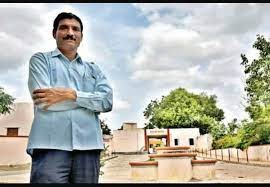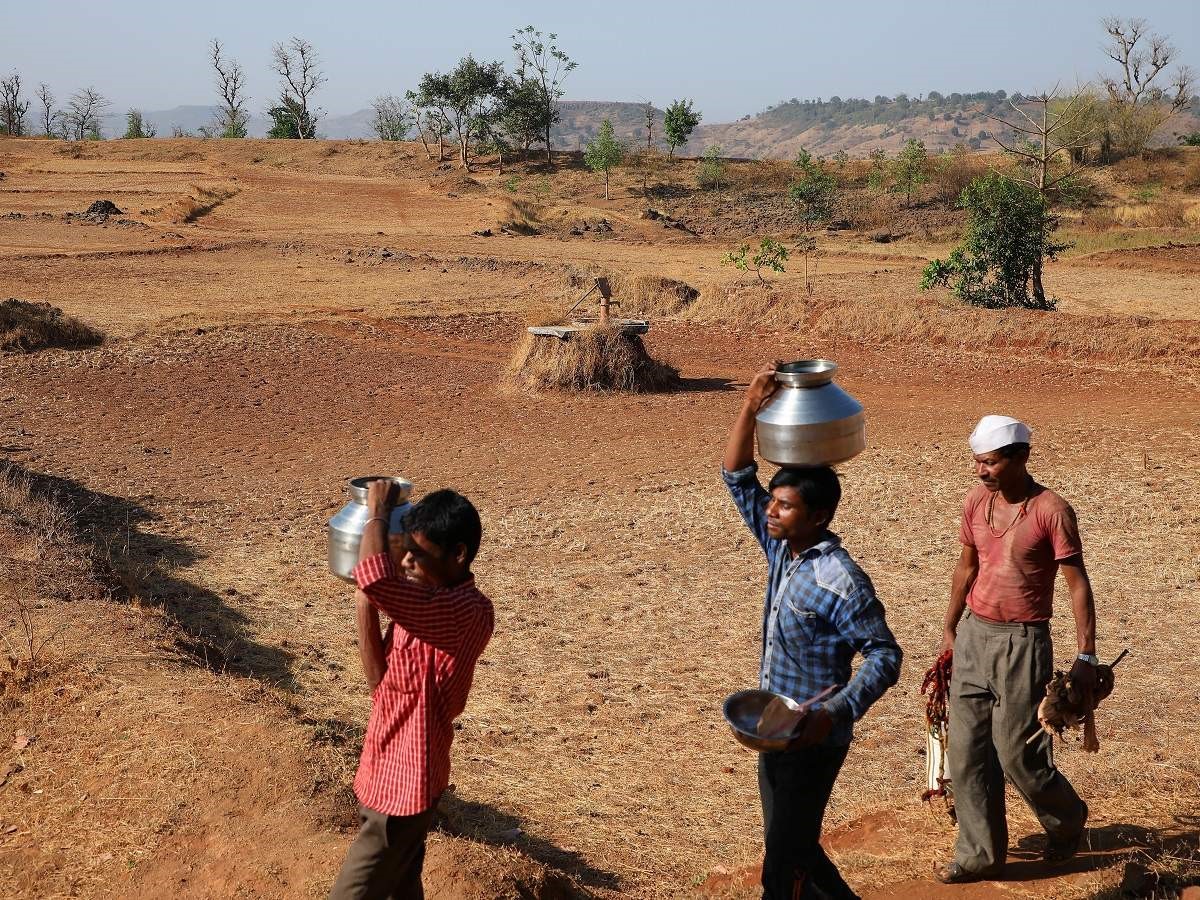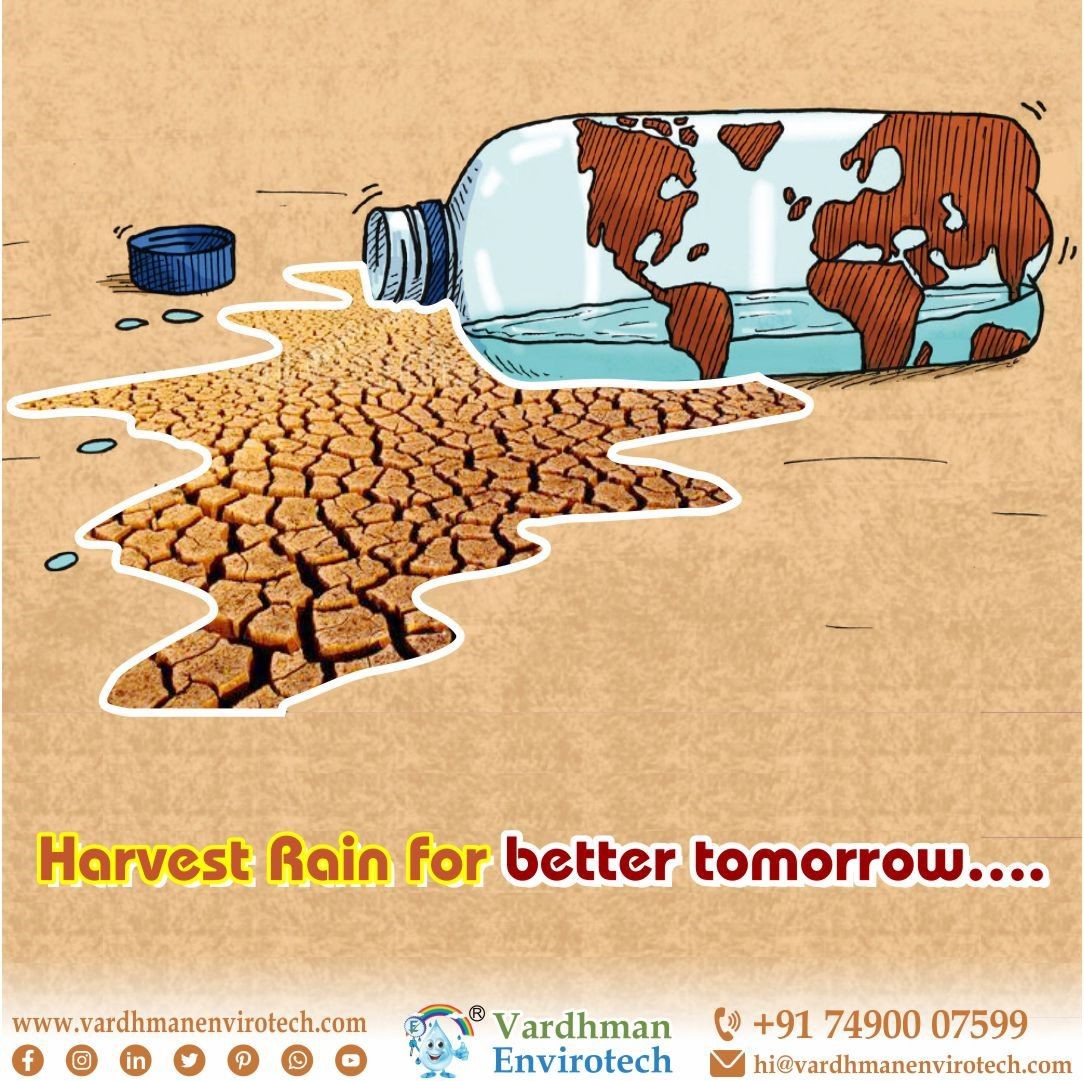Under the guidance of water conservation activist Popatrao Baguji Pawar, this village maintains a water budget and crop pattern to ensure supply around the year.

Before Pawar took over as the sarpanch in 1990, the village was plagued with drought, lack of resources and alcohol problem
With Maharashtra recently reporting over 20 percent deficit in live water storage in reservoirs compared to last year, chief minister Eknath Shinde has sought the Center’s help for drought-prone areas in the state. However, residents of Hiware Bazar, a village at the foothills of the Sahyadris in Ahmednagar district, are not worried.
With a population of about 1,264 people, this drought-prone village has been maintaining a water budget every year under the guidance of Popatrao Baguji Pawar, the current deputy sarpanch, who was awarded the Padma Shri—the fourth highest civilian award— in 2020 for his social work, particularly in water conservation.

Picture Credit – Mumbai Mirror
“Using a water bank principle, the budget ensures that the village does not draw more water than it stores in a year. A small amount is kept in reserve. Depending on rainfall in the year, available water is allocated among various uses, with the first priority for drinking water for humans followed by crops,” Pawar told Moneycontrol. Pawar said the watershed development programme has already increased the proportion of cultivated land up to 86 percent from 56 percent.
However, the situation was not always this way. Before Pawar became the sarpanch in 1990, the village was plagued by water scarcity, lack of resources and the social problem of high alcoholism. Inspired by the principles of Mahatma Gandhi, Pawar introduced a slew of measures to help mitigate the annual horror of drought. For instance, the cultivation of water-intensive crops such as sugarcane and bananas are banned in this village.
“Prudent water management coupled with crop planning ensures that the village gets drinking water year round and agriculture and dairying activity are maintained as far as possible, even in low rainfall years,” said Pawar.
Pawar explained that Maharashtra faces drought twice every five years. “Due to droughts in 1972, 1976 and 1982, people started migrating to cities due to water scarcity. There was a free crop pattern then,” said Pawar.
Pawar along with the villagers started planting trees and adopted various micro-irrigation techniques such as drip and mini sprinkler. About 10 lakh trees and shrubs have been planted since Pawar’s initiative kicked off.

Around 1993-94, he started building percolation tanks and designing cropping patterns as per availability of water. The village now mainly cultivates dry land crops such as pulses. “The development of various water storage and water harvesting structures improved the water storage efficiency up to 86.41 percent from 40.24 percent and water use efficiency up to 81.06 percent from 35.33 percent. This has ensured year-round irrigation water availability,” he said.
The total availability of water was calculated by measuring rainfall received and regular monitoring of the water level at six observation wells in the watershed of the village.
According to Pawar, due to the water conservation measures, the annual per capita income of each family went up to Rs 8-9 lakh during 2021-22 compared to Rs 30,000 about five years ago. Currently, the village has set up a laboratory to study the soil. “In the lab, we are trying to prevent topsoil erosion. We are trying to decrease the use of fertilizer and retain the minerals in the topsoil. This will improve the health of the soil and boost its water-holding capacity and help in planting healthier crops,” said the Padma Shri winner.
Vardhman Envirotech
India’s Passionate rainwater company
This article is published on: https://www.moneycontrol.com/news/business/hiware-bazar-village-emerges-as-an-oasis-amid-spectre-of-drought-in-maharashtra-11278241.html , 29 August 2023.
We would like to spread this for the benefit of fellow Indians.
